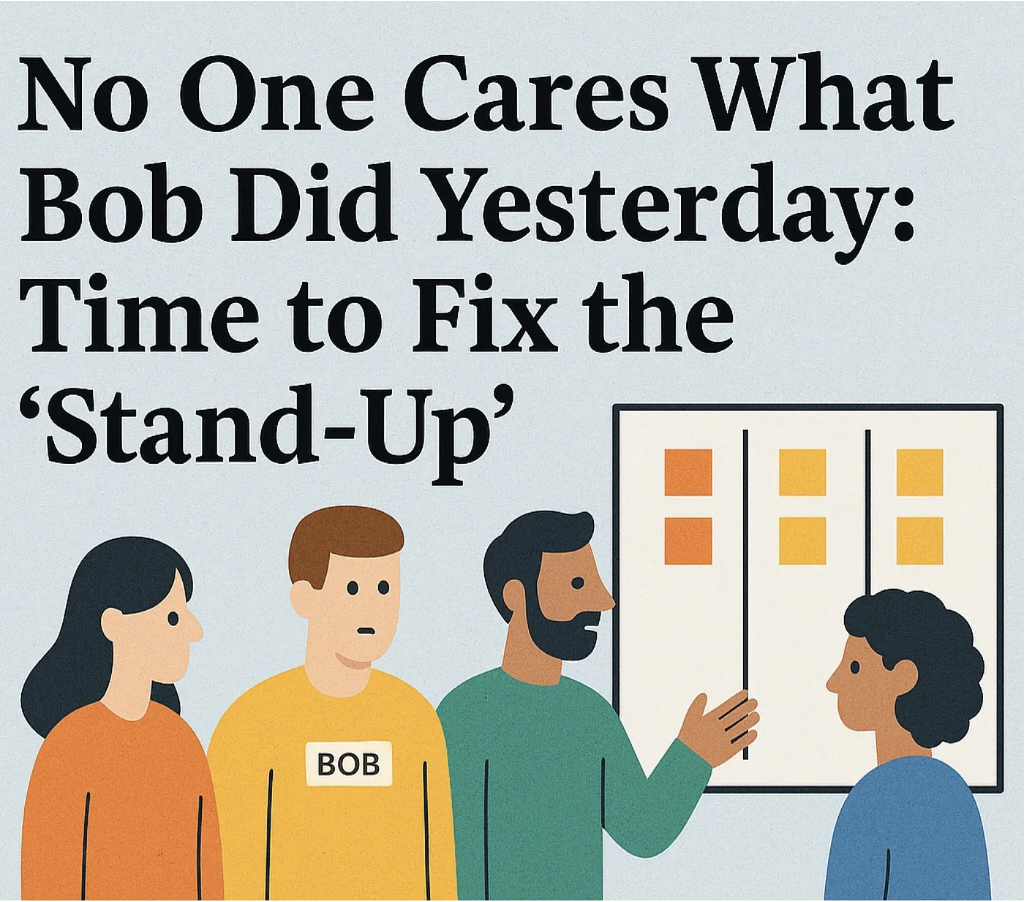Why You Should Care About Flow

How long does it take to do six hours of work?
Welcome to your new job as a senior analyst. Here's your task: you need to get your company's security council to review and approve the software architecture for a new project. The purpose is to see if the company is missing anything obvious before development begins. The most likely outcome of the review is "approved with minor changes", but your company is founded on its reputation for security so you can't move forward with this multi-million dollar project until approval is granted.
Since this is a preliminary architecture review, it shouldn't be too much work to get this done. Your fellow senior analyst tells you that with the two of you working together this task will take about six hours to finish:
- 4 hours: Consulting with experts and preparing the slide deck
- 1 hour: Presenting the deck to the security council and getting approval
- 1 hour: Miscellaneous overhead like writing e-mails and booking meetings
How long do you think it will take the two of you to get this work done, measured from the moment you accept this task to the moment approval is granted by the council?
How long do you think it should take?
Personally, I don't know how long it should take, but I do know how long it did take. That's because I worked as an Enterprise Coach alongside these two analysts at a large financial services firm.
The previously-described security review was one of the many tasks I saw them do while I was at this firm as a coach. It took these two senior analysts five weeks to get six hours of work done. A project worth millions of dollars to the company waited for five weeks on a six-hour task to get done.
What happened?
Were these people incompetent? Hardly. These people were as bright as any folks I've ever worked with as an Enterprise Coach, and I've worked with a lot.
Were they lazy? They were working nights and weekends, fully dedicated to the success of the company and their mission in particular.
Did they lack leadership attention? Quite the contrary. Leaders were on their doorstep daily--sometimes hourly--providing direction, reprioritizing work, asking for status, and ensuring they were operating at 100% capacity at all times.
Was there something exceptional about this task? The analysts told me that there was nothing special about this particular task compared to the many other things on their plate, and I can confirm their assessment based on what I saw. This wasn't particularly hard or easy.
So what was the problem?
Their problem is a problem I see everywhere when I coach. Once you understand the nature of this problem, you will see it in your organization too.

Imagine a highway with a traffic jam in progress: lots of cars bumper-to-bumper filling up every inch of the highway, but none of the cars are going anywhere.
Here's the analogy: the highway represents the people in your company, and the cars in the traffic jam are your company's work. The problem is that all your people are 100% busy, jam-packed with work at all times, but nothing is getting done. Your team, your organization, your company is in the corporate equivalent of a traffic jam.
So how do you get out of a situation like this?
You need to shift how your company thinks about work. Rather than trying to maximize utilization, you need to pay attention to the work instead. Specifically, you should be paying attention to where your work is waiting. Work should flow through your company smoothly, without pause, like oil on glass. If work items are waiting anywhere, that's your opportunity for improvement.
Most companies make huge investments in efficiency--reducing the amount of effort it takes to get work done while it is being worked on. Far fewer companies focus on reducing the time that work spends waiting for someone to work on it. That's a shame, because your work almost certainly spends more time waiting than it does being worked on.
The strategy to correct this is straightforward. You need to:
1. Define and visualize how work items flow through your organization.
2. Actively manage items in progress to ensure that items wait for as little time as possible.
3. Improve your workflow.
A flow mindset is very different from an efficiency mindset. But the benefits of a flow mindset are huge.
How huge? Suppose your company takes five weeks to complete six hours of work. That means your work is being worked on for less than one percent of the time it is in progress--a tragedy! If by applying a flow mindset you were to find ways to increase this ratio so that the work was being actively worked on for ten percent of the total time it spent in progress--a very achievable goal--this item would be completed in 2.5 days rather than five weeks.
That means an item that formerly would take five weeks to finish would instead start Monday morning, finish Wednesday afternoon, and the multi-million dollar project would be off and running. Four and a half weeks saved.
There are lots of ways to implement a flow mindset in your organization. The approach I recommend to my clients is called "Kanban".
You can find the rules for Kanban in the Kanban Guide. Take a look and see what you think.
Your competitive advantage stems from maximizing your effectiveness, efficiency, and predictability. A flow mindset is the key to all three.



